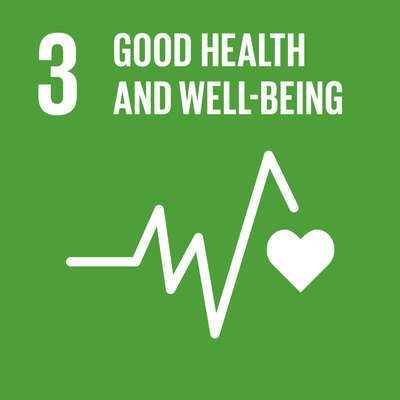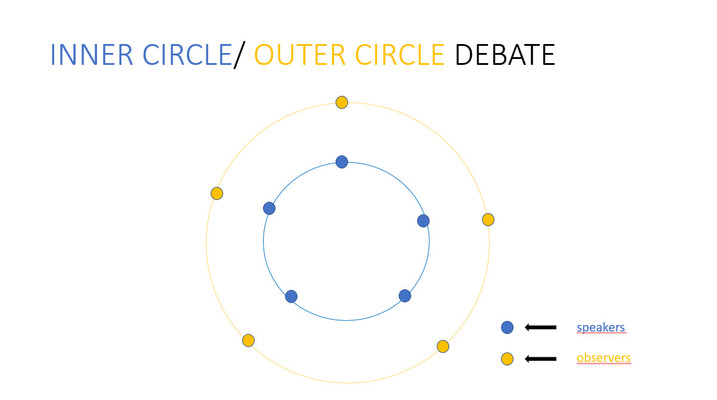GETTING READY FOR THE DEBATE: GOAL 3 (SDGs): Good Health and Wellbeing

Click on the icon above or use the link to learn more about Goal 3.
1. Study the presentation to get prepared for the debate in Rybnik, Poland.
2. Follow the worksheet below to get a lot of ideas for your debate arguments.
GOAL 3.docx
Phrases useful for debating.pdf
DEBATE PREPARATION AND CONDUCT
DEBATE FORM: INNER CIRCLE/ OUTER CIRCLE
SDG 3: Good Health and Well-being
Genially: WHAT’S THE BEST WAY TO… (4 slides = 4 questions)
Preparation – before the exchange:
- Pre-teaching/ pre-learning some vocabulary/ phrases useful for the debate
- Students prepare arguments to answer 4 questions connected with the topic of health and well-being included in the Genially presentation (eg What’s the best way to reduce stress?
Debate conduct – during the exchange
1. Students work in pairs exchanging roles: while one is the speaker, the other is the observer.
2. Students are organized into 2 circles: the Inner Circle and the Outer Circle; the students sitting in the Inner Circle are speakers (they face each other), the ones in the Outer Circle – observers (they sit behind the speakers and watch the debate).

3. In pairs students exchange roles – each round lasts 10 mins and bases on 2 questions from the Genially (5 mins per question; each time a different student from the Inner Circle starts the debate)
4. After each round there is a short feedback session – the observer, using his/her notes and the rubric provides the partner with peer assessment concerning his/ her participation in the debate (5 mins)
ESTIMATED TIME: 30 mins
FEEDBACK
During the debate you will be using the rubric for providing your partner with feedback.
DEBATE RUBRIC.docx